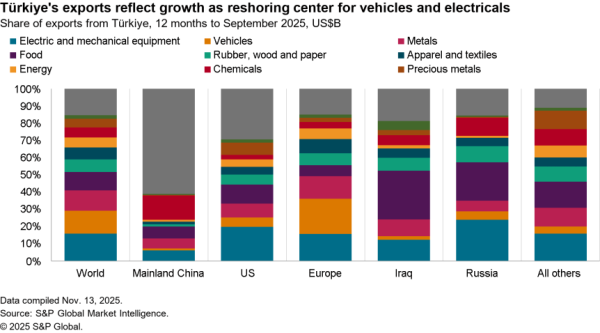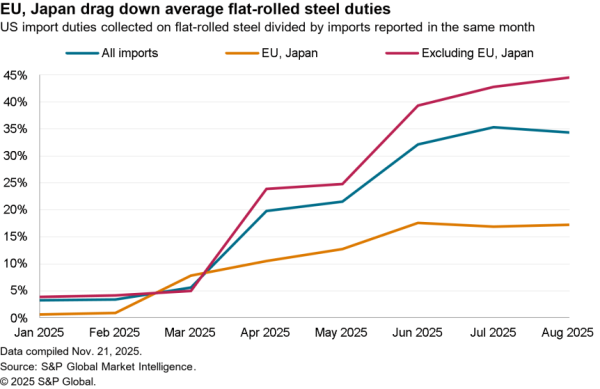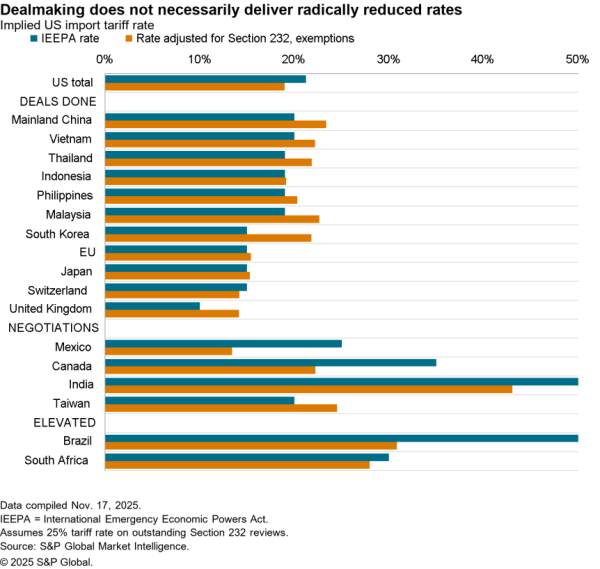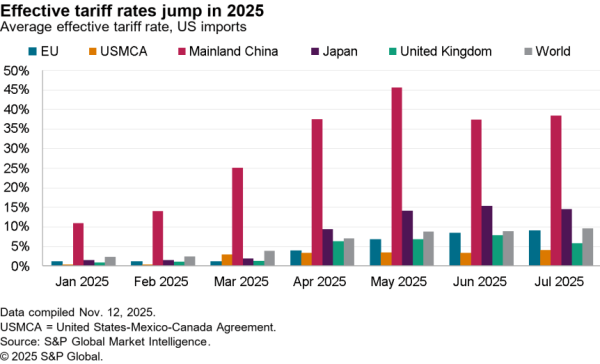The decision by the U.S. government to apply duties on Chinese exports of as the result of its section 301 review of IP practices raises the question as to whether it will apply significant pressure on China? As outlined in Panjiva research of March 23 the $50 billion of products to be covered will include a mixture of technology, machinery and aerospace products, though detailed product lists aren’t yet available.
Panjiva data shows the U.S. accounts for 22.2% of China’s major technology exports in the computing, telecoms and semiconductor sectors. That’s led by exports of laptop computers ($32.3 billion in 2017) and mobile phones ($31.3 billion). Outside those products shipments of server-type computer is the largest line worth $3.88 billion. Given the centrality of servers to IT infrastructure they may be a potential target.

Source: Panjiva
The machinery sector can be very broadly defined, but taking industrial-focused products the U.S. accounted for 19.1% on average. Among the top 20 products the U.S. share was most significant – and hence leverage to change China’s behavior – are in electric fans (34.6%), telecoms network components (28.6%, which would also fit with national security concerns) and AC electric motors (26.3%)

Source: Panjiva
Aerospace is the smallest sector by value ($1.11 billion) but may more of a problem proportionally, with the U.S. accounting for 28.0% of exports, followed by the EU at 17.5%. It will certainly limit the potential for exports of the Comac C919, though this is aimed more at the domestic market and so probably a bigger issue for Boeing’s sales in China than vice versa.

Source: Panjiva




